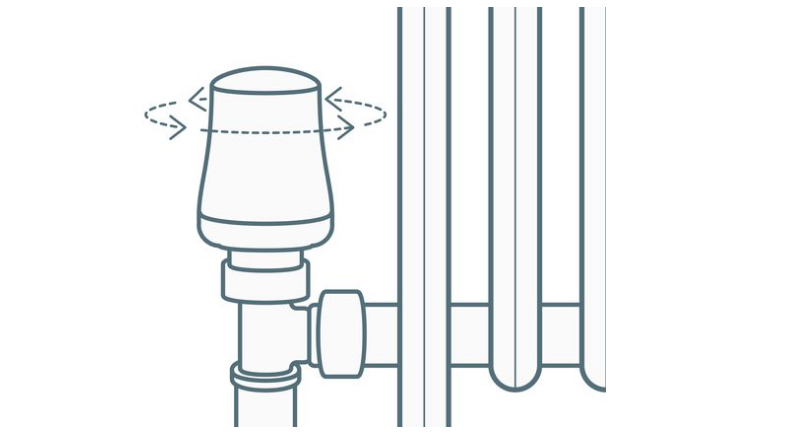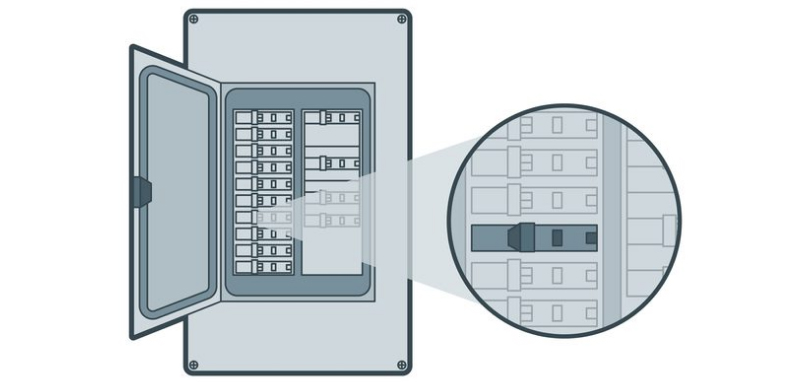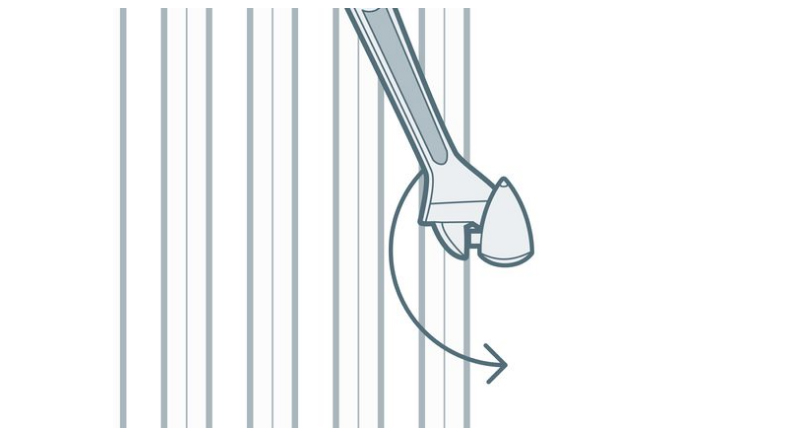2018-01
How to Turn on a Home Radiator
Turning on your radiator isn't a challenging procedure, but if it doesn't heat up, troubleshooting it depends on what type of heating system you have. If you have a steam system, the problem is usually with the air vent located on the side of the radiator. It's supposed to close when steam enters the radiator and open again when you turn the radiator off, but sometimes it malfunctions. If you have a water-circulating system, which is more modern, you may have to turn on the circulating pump. There may also be air in the line, which you can bleed out.

Water-Circulating Systems

Turn on a water-circulating radiator by rotating the control valve counterclockwise to open it. This valve must be open all the way for the radiator to reach its maximum temperature.

Look for a bleed valve if the radiator doesn't get hot. This valve is usually located on the opposite side of the radiator from the control valve, and it's always near the top of the radiator. You can open some valves with a screwdriver or socket wrench, but some require a special bleeder key, available at hardware stores.

Hold a small container under the valve when you open it. Any air that is in the radiator will escape, followed by a stream of hot water. Close the valve when water flows continuously.

Check the circulation pump if none of your radiators are heating up. This pump is usually designed to come on automatically, but the breaker controlling it may have tripped. If so, reset the breaker.
Steam Systems

Open the radiator's control valve all the way. Note: Steam radiator controls must be all the way open or all the way closed; you cannot lower the heat output by partially closing the valve. If the radiator doesn't heat up, look for an air vent on the side of the radiator. The vent is metal, and it's usually cone-shaped. The radiator won't get hot if the air vent is clogged or malfunctioning, or if it's not positioned vertically and right side up. There is an easy way to test the valve for blockage or malfunction.

Turn off the control valve and wait for the radiator to cool down. Unscrew the air vent with a wrench, then turn on the system and allow it to heat up and pressurize. Make sure nothing is near the opening of the air vent, then open the radiator control valve. Steam should come out of the vent opening; this indicates that the air valve is the problem. Turn off the control valve before proceeding. If steam does not come out of the vent opening, you probably need to replace the control valve.


 Echo
Echo